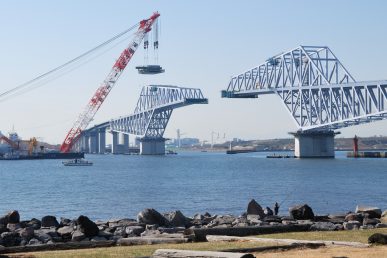To boost Visa Inc.’s efforts to reach “Everywhere you want to be,” the global payments technology giant is leveraging the cloud.
“What we’re trying to do with OpenStack is enable developer productivity,” says Stan Chan, chief architect of systems in Visa’s infrastructure, architecture and engineering group.
There are two main goals for OpenStack at Visa, he adds. The first is giving developers tools to build products and services that don’t require them to worry about underlying management of those applications once they go into a specific environment. The second is to provide a platform that is invisible to developers so they can focus on building value for the business.
“We needed to partner with someone in engaged with the community and who has the expertise to build OpenStack at scale,” says Chan, whose current role focuses on infrastructure-as-a-service and platform-as-a-service. Visa chose HPE Helion and is using their distro.
“Ultimately, it’s about finding the right balance,” says Chan. “It would be great if we actually built the in-house talent but that requires time and effort to build that knowledge with in our organization. We are taking those steps as we speak.”
Another important aspect, he says, is that “the Def core OpenStack and the simple implementation of OpenStack doesn’t provide too much value in terms of giving developers the ability to manage their applications or basically any infrastructure. It’s all the added features, like the Paas layer, solutions like Cloud Foundry and Docker and those different layers that you put on top of it that provide the value for developers.”
When asked about lessons learned from adopting OpenStack, Chan highlighted the importance of clear focus – on customers and on creating a minimal viable product.
“Don’t boil the ocean! Get the simple aspects out of the way first and work with your customers to build what they need,” he says. “Treat it like any software development project, implement important concepts like dev ops, infrastructure-as-code and continuous integration and deployment (CI/CD) best practices. Then you can iterate over and over again to build a product that fits the needs of the customer.”
Chan shared his experience on a panel of OpenStack operations all-stars including Anant Kumar of PayPal, Edgar Magana of Workday, Joseph Sandoval of Lithium Technologies, Inc. and moderated by Sumeet Singh CEO of AppFormix.
Titled “Challenges in Planning, Building, and Operating Large Scale Infrastructure,” you can catch insights from the 45-minute session on the Foundation YouTube channel.
Cover Photo // CC BY NC
- OpenStack Homebrew Club: Meet the sausage cloud - July 31, 2019
- Building a virtuous circle with open infrastructure: Inclusive, global, adaptable - July 30, 2019
- Using Istio’s Mixer for network request caching: What’s next - July 22, 2019

)










